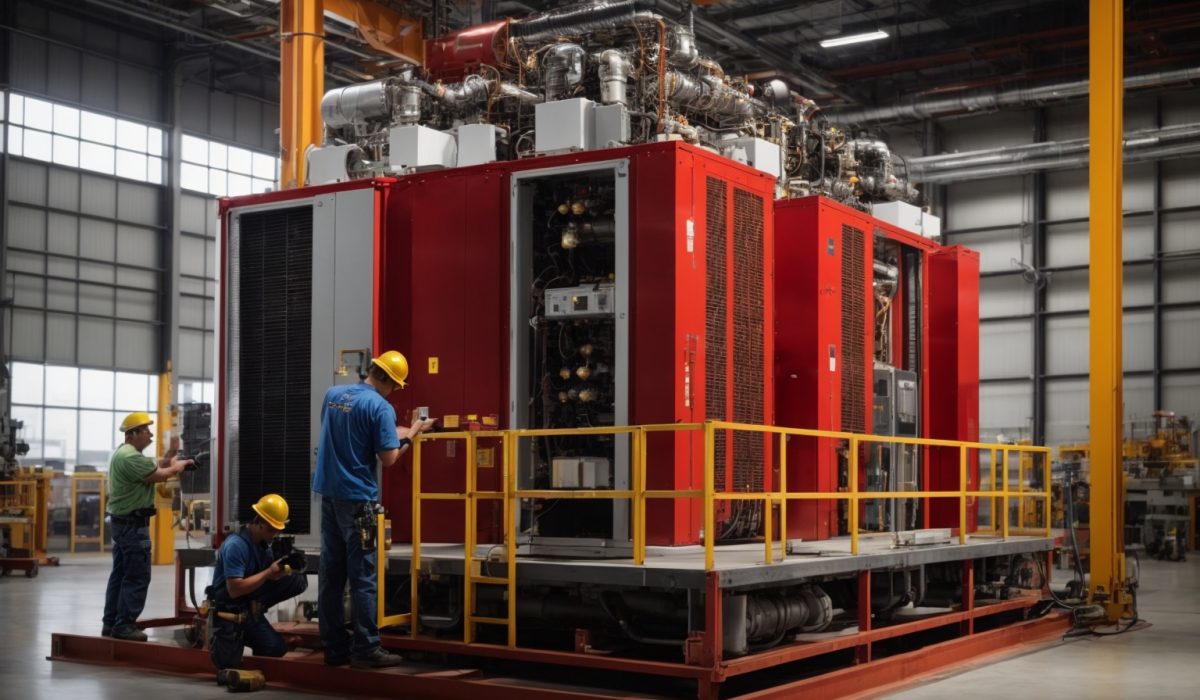Why Size Matters
Air conditioning is more than just a luxury; it’s a necessity for comfort, especially in places with extreme temperatures. But did you know that the size of your air conditioner can make a huge difference in its efficiency and effectiveness? Let’s dive into the importance of choosing the right size for your space.
Size in air conditioning isn’t about how physically large the unit is, but about its cooling capacity. Here’s why this matters:
Energy Efficiency: A correctly sized unit operates at its peak efficiency, saving on electricity bills.
Optimal Comfort: An undersized unit won’t cool properly, while an oversized one can result in uneven temperatures and excessive humidity.
Lifespan of the Air Conditioner: Constantly running an undersized unit can wear it out faster, while an oversized one might frequently turn on and off, leading to its own set of issues.
Understanding BTUs (British Thermal Units)
BTU is a measure of how much heat an air conditioner can remove from a room in an hour. Simply put, the higher the BTU rating, the more powerful the air conditioner. However, more power doesn’t always mean better; it should align with the needs of your space.
Factors Influencing the Right Size
When determining the size of the air conditioner you need, several factors come into play:
Room Size: Naturally, larger rooms require more cooling power.
Sun Exposure: Rooms with more sunlight might need a unit with a higher BTU rating.
Insulation: Well-insulated rooms retain the conditioned air better, impacting the size of the aircon needed.
Occupancy: More people can generate more heat. A crowded office might need a more powerful unit than a sparsely populated one.
Other Heat Sources: Think about electronics or appliances that might emit heat, influencing the cooling requirement.
The Step-by-Step Guide to Choosing Size
Measure Your Space: Start with the basics. Measure the length and width of your room and multiply them to get the square footage.
Calculate Basic BTU Requirement: As a rule of thumb, a room of 150 square feet might need an aircon of about 5,000 BTUs. Adjust proportionally based on your room size.
Factor in Sunlight and Insulation: For very sunny rooms, increase capacity by 10%. For heavily shaded rooms, decrease it by 10%.
Consider Occupancy: Add 600 BTUs for every additional person if over two people occupy the space regularly.
Account for Appliances: If the room has heat-generating appliances, add another 4,000 BTUs.
Consult a Professional: With your rough calculations in hand, consult a sizing chart or an expert to refine your choice.
Common Mistakes to Avoid
Bigger Isn’t Always Better: An oversized unit can lead to excessive electricity consumption and uneven cooling.
Overlooking External Factors: Dismissing factors like sun exposure or insulation can lead to an inefficient unit choice.
Skimping on Professional Advice: Experts bring experience that can save you money and ensure comfort in the long run.
Professional Consultation: Why It’s Worth It
While DIY calculations provide a good starting point, professionals account for nuances that might be easily overlooked. Their expertise ensures that you get a unit tailored to your exact needs, ensuring long-term satisfaction and cost savings.
Conclusion
Choosing the right aircon size is a blend of science and art. While calculations and factors provide the science, understanding the unique characteristics of your space brings in the art. Make an informed choice and enjoy the perfect balance of comfort and efficiency.
Looking for the Perfect Fit?
Let Cape Direct Connect guide you to the ideal air conditioning solution for your space. Our experts are just a call away.
